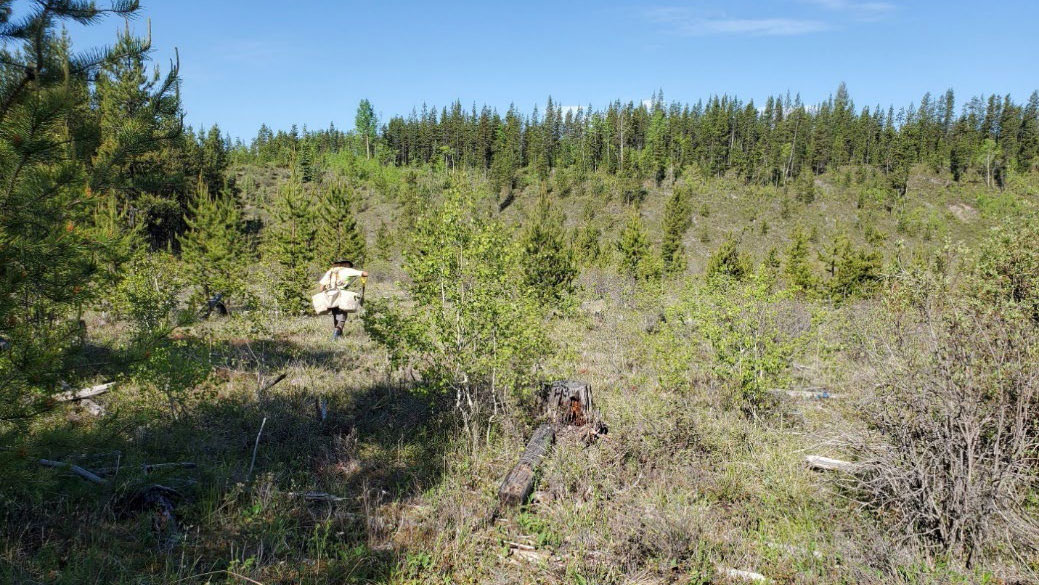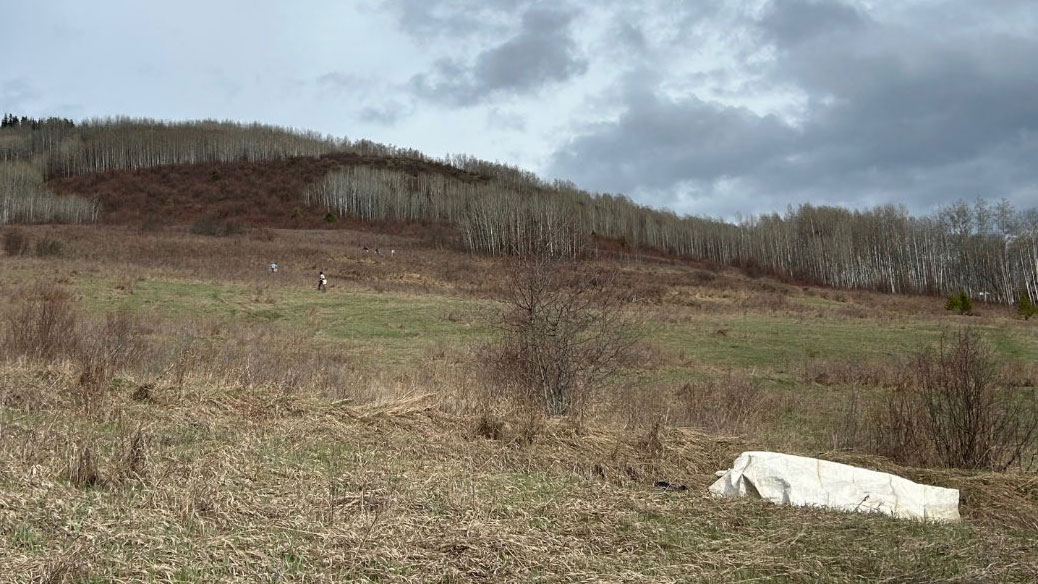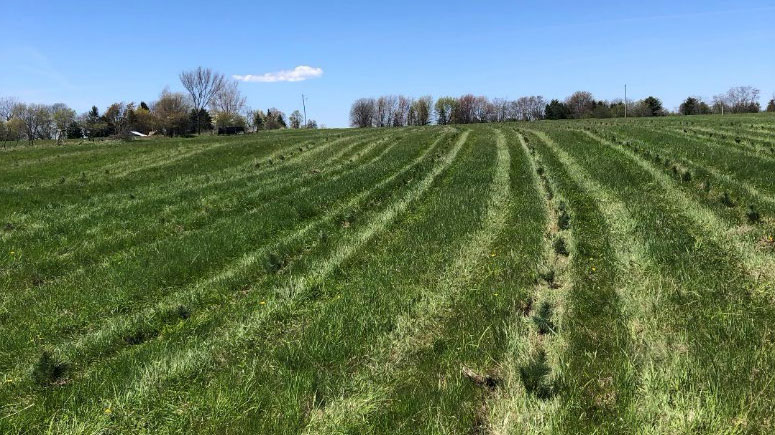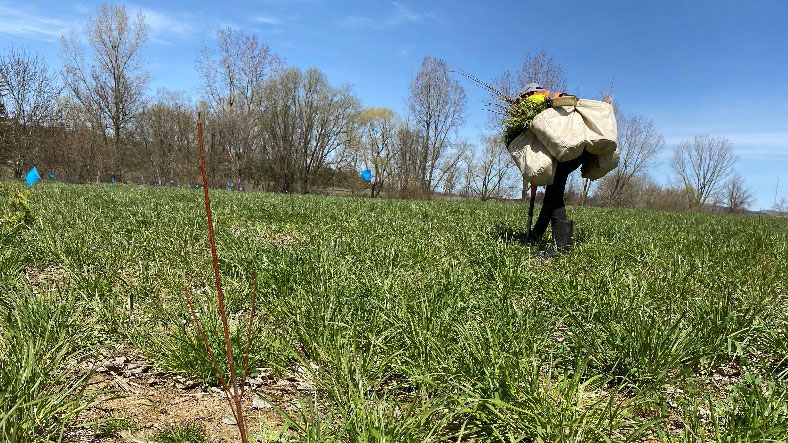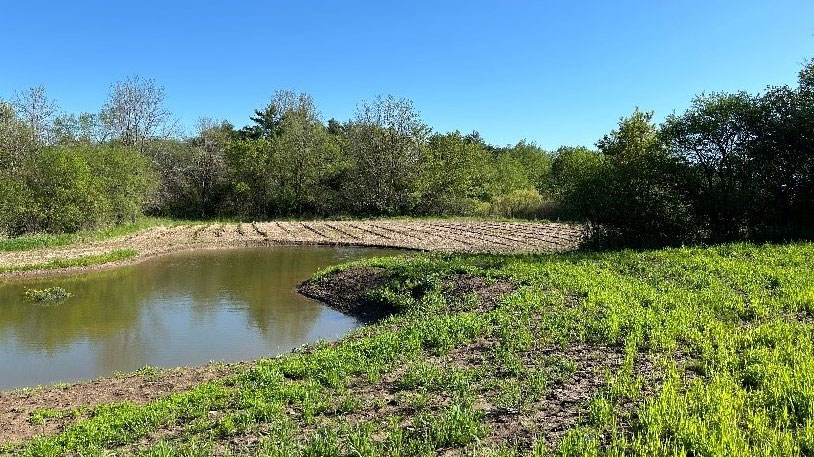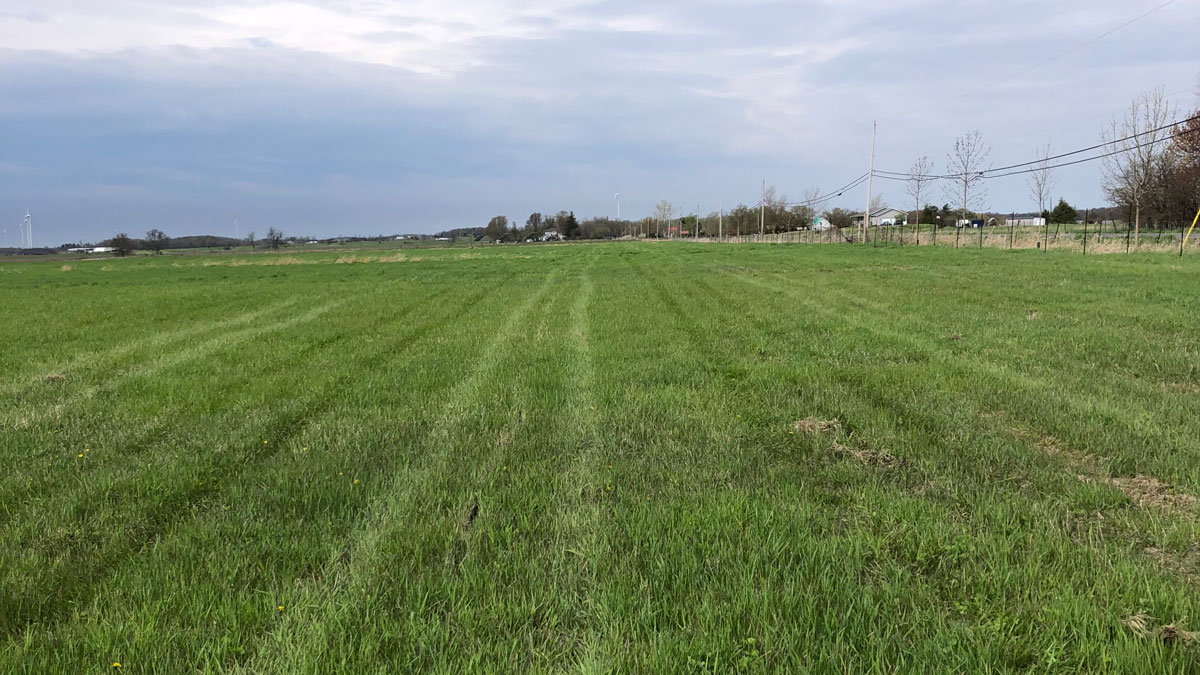

National Greening Program
Sawmill Creek is proud to sponsor Tree Canada’s National Greening Program, an initiative focused on planting trees to restore forests and improve natural landscapes across Canada. We're currently planting trees in British Columbia and Ontario, with plans to expand into more regions in the future. Sawmill Creek’s support of the program helps fund tree plantings, contributing to healthier ecosystems and a more sustainable future.

Nechako River Reforestation Project
Tree Canada and Brinkman Reforestation are working with a private landowner to restore a native diverse forest on multiple properties within the Nechako River watershed near Prince George, British Columbia. The property was historically logged by a previous landowner with the intention of using the land for pasture. This land use never came to fruition and the land remained fallow for many years. Natural regeneration of some species is occurring at the site; however, the diversity of species is low and there are many areas where few trees have naturally succeeded.
The objective of this project is to plant native tree seedlings to add diversity to the regenerating forest and to reforest areas where regeneration is occurring at low densities. The project offers numerous environmental benefits including enhanced habitat for wildlife, carbon sequestration, and improved water quality in the Nechako River watershed, due to the site’s proximity to the watercourse.
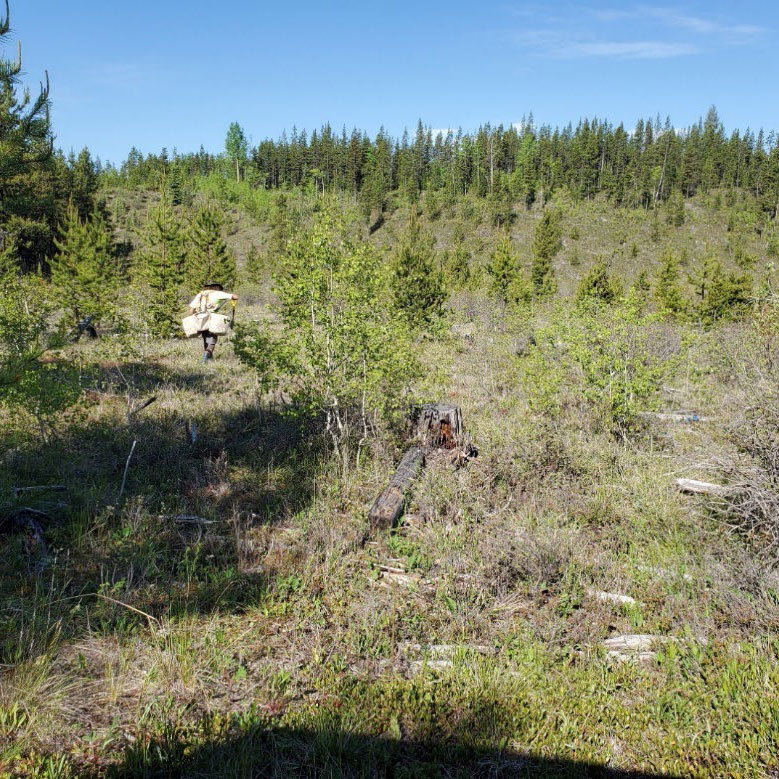

- Lodgepole Pine
- Interior Douglas Fir
- Hybrid Spruce
Babine Mountains Afforestation Project
Tree Canada, Windfirm Resources Inc, and a private landowner are collaborating to complete an afforestation project in the Babine Mountains region near Smithers, British Columbia. A diverse mix of coniferous trees have been planted at a retired marginal field which is adjacent to an existing forest in the valley of the Babine Mountains. The objective of the planting is to create diverse forest cover, extend the existing established forest habitat to create a wildlife corridor, and to improve water infiltration and ground water retention in the region. The site is located in the Bulkley River valley, a tributary of the Skeena River. Enhancing forest cover in the watershed can improve water quality for aquatic and terrestrial species. The Babine Mountains area is known to host wildlife species such as mountain goats, moose, black bear, marmots, deer, grizzly bear, lynx, wolves, and wolverines.


- Hybrid Spruce
- Lodgepole Pine
- Interior Douglas Fir
- Western Red Cedar
- Western Larch
Cataraqui Region Conservation Authority
Tree Canada is collaborating with the Cataraqui Region Conservation Authority and watershed landowners to complete afforestation and shelterbelt projects on private and public lands with the objectives of; improving water quality, providing habitat for wildlife, to sequester carbon and to increase watershed forest canopy cover. Most of the project sites were historically cleared and used for agricultural purposes; however, the lands are no longer fit for crop production and are being targeted for afforestation. A mix of deciduous and coniferous species were planted as part of the program during 2024 to forest areas adjacent to existing woodlands and to establish agricultural shelterbelts.
The Cataraqui Region Conservation Authority (CRCA) watershed in Ontario is environmentally significant due to its diverse ecosystems, which include numerous lakes, wetlands, and forests. These natural features provide critical habitats for wildlife, support biodiversity, and offer essential ecosystem services such as water filtration, flood control, and carbon sequestration. The area is part of the Atlantic Migratory Flyway, making it a crucial stopover for migratory birds, including various species of raptors and owls.
The watershed also plays a vital role in supplying clean drinking water to local communities and offers recreational opportunities that contribute to the well-being of residents and the local economy.
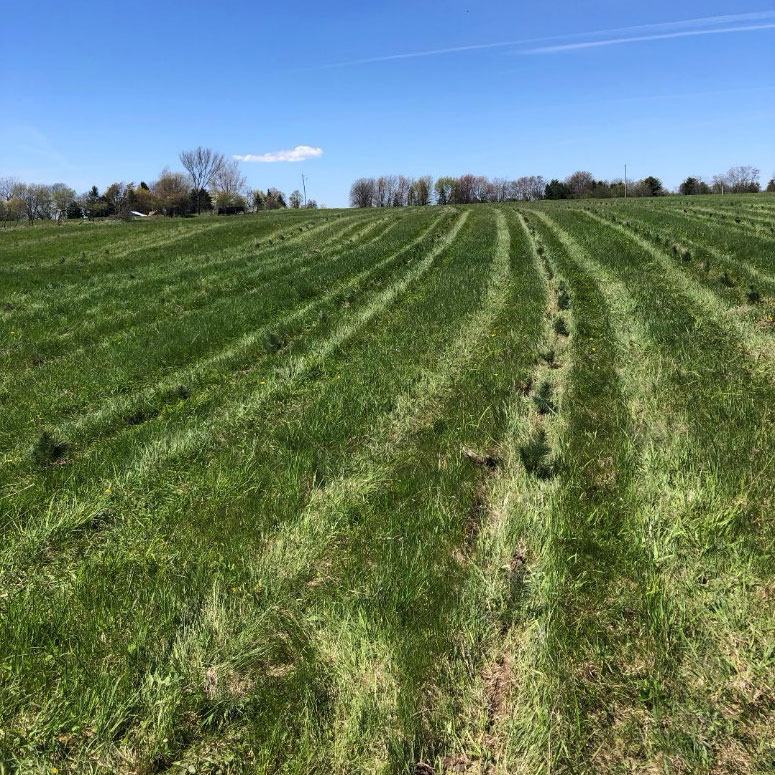

- White Pine
- Eastern White Cedar
- White Spruce
- Norway Spruce
- Tamarack
- Swamp Birch
- Hybrid Poplar
- Eastern Black Walnut
- Red Oak
- White Oak
- Highbush Cranberry
Nith River Riparian Restoration Project
Tree Canada, Conservation Ontario and the Grand River Conservation Authority are partnering with a private landowner to plant native trees in shrubs in a flood plain adjacent to Nith River near Kitchner Ontario. The land was historically used as a pasture for livestock and forage production. The objective of the project is to retire and restore the native habitat of the land adjacent to the Nith River and an upland wetland by planting a biodiverse mix of shrubs and trees that can thrive in high moisture conditions.
The Nith River in Ontario is a vital ecological feature, recognized for its significant biodiversity and environmental services. It’s a tributary of the Grand River and supports diverse habitats and species, including numerous aquatic and terrestrial species at risk. This project will support the critical role the river’s wetlands and riparian zones play in water filtration, flood mitigation, and carbon storage, contributing to climate change resilience.


- Basswood
- Bitternut Hickory
- Black Maple
- Cottonwood
- Hackberry
- Silver Maple
- Speckled Alder
- Swamp White Oak
- Sycamore
- Tamarack
- Trembling Aspen
- White Cedar
- White Pine White Oak
- Buttonbush
- Common Elderberry
- Highbush Cranberry
- Nannyberry
- Pussy Willow
- Silky dogwood
Kettle Creek Habitat Restoration Project
Tree Canada, Conservation Ontario and the Kettle Creek Conservation Authority are partnering with a private landowner to plant native trees and shrubs on a marginal agricultural field adjacent to a tributary of Kettle Creek. This planting is part of a larger project where the landowner is retiring two adjacent agricultural fields to be naturalized into forest, prairie and wetland habitat types. The planting of these trees and shrubs will provide critical ecological functions and upland habitat for regional wildlife in the Kettle Creek subwatershed which ultimately drains into central Lake Erie.
The Kettle Creek watershed, spans 520 square kilometers in Ontario’s Carolinian Zone and is crucial for environmental health. It supports diverse ecosystems, which are vital for wildlife habitat and biodiversity. Additionally, it plays a key role in water quality management in Lake Erie which is facing significant harmful algal bloom challenges due to nutrient loading. This project will contribute to broader efforts in the Lake Erie basin to improve wildlife habitat and reduce nutrient loading to Lake Erie.
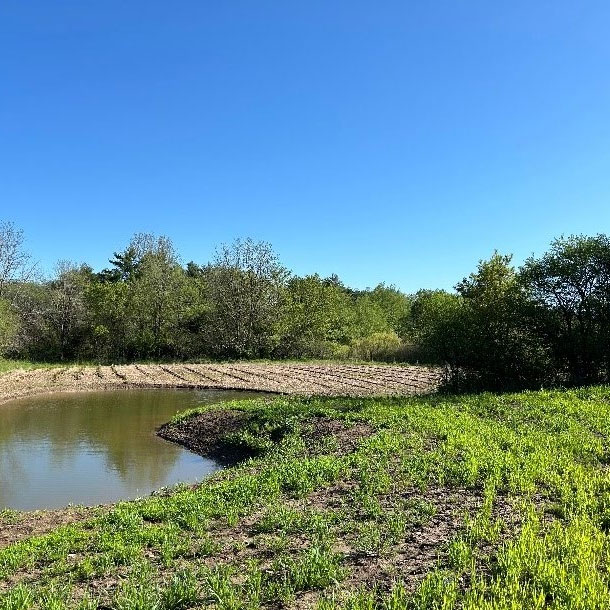

- White Pine
- White Spruce
- Tamarack
- Silver maple
- Sycamore
- Bur Oak
- Bitternut Hickory
- Red Osier Dogwood
- Highbush Cranberry
- Black Chokeberry
- Serviceberry
- Nannyberry
Amherst Island Shelterbelt Project
In collaboration with the Cataraqui Region Conservation Authority, Tree Canada is working with a private landowner to establish a wildlife shelterbelt at an agricultural field on Amherst Island. The site was historically used for forage production for livestock. A 5-hectare area along the perimeter of the fields has been retired and planted into a mix of deciduous and coniferous trees to establish a shelterbelt. The shelterbelt will provide habitat for regional wildlife, sequester carbon, and provide a windbreak to miti gate the risk of soil erosion in the adjacent field.
Amherst Island, located in Lake Ontario, is an ecologically significant area known for its rich biodiversity. The island is part of the Atlantic Migratory Flyway, making it a crucial stopover for migratory birds, including various species of raptors and owls.
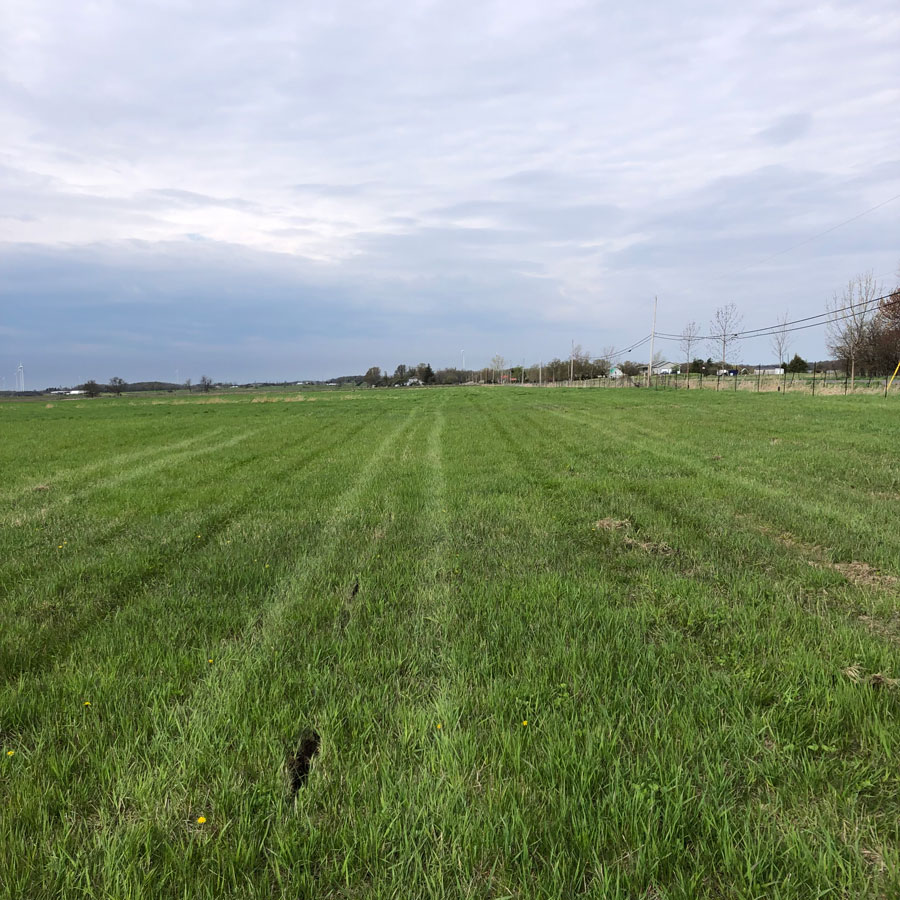

- White Spruce
- Norway Spruce
- Eastern Black Walnut
- Hybrid Poplar

